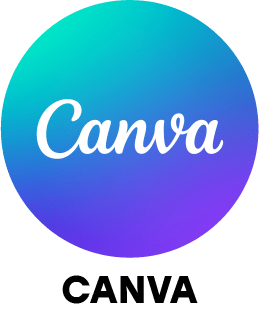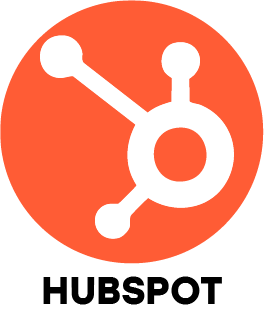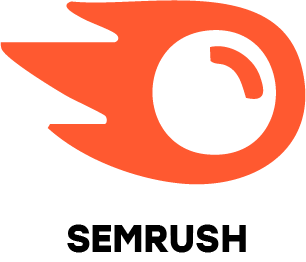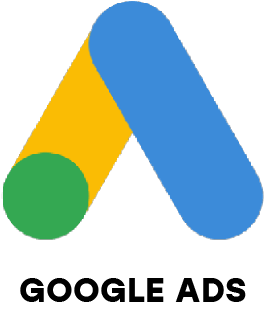1. What distinguishes sponsored search from organic search?
Ans:
Organic search results appear naturally in search engines through effective SEO techniques without any payment. Sponsored or paid search results, on the other hand, are advertisements that businesses pay for to appear prominently at the top of search engine results pages.
2. How would you plan a digital marketing strategy for launching a new product?
Ans:
I would start by thoroughly researching the target audience, analyzing competitors, and identifying the right digital channels such as Google Ads, social media, and email campaigns. Then, I’d create compelling content, run targeted ad campaigns, and continuously monitor performance to refine and optimize the strategy.
3. How do you check if a digital marketing campaign is successful?
Ans:
I evaluate a campaign’s success by tracking key metrics such as website traffic, return on ad spend (ROAS), number of leads generated, conversion rates, and overall revenue. Comparing these metrics against predefined goals helps determine effectiveness and areas for improvement.
4. What steps would you take to improve a website’s search engine ranking?
Ans:
To improve SEO rankings, I would conduct keyword research, optimize website speed, publish high-quality content, build authoritative backlinks, ensure mobile responsiveness, and implement structured data and on-page SEO best practices.
5. How would you use social media to promote a brand or product?
Ans:
I would develop a social media plan with engaging posts, eye-catching visuals, and video content. I’d run targeted ads, use relevant hashtags, actively engage with the audience, track metrics such as engagement and conversions, and adjust the strategy based on insights.
6. How do you keep up with the latest digital marketing trends?
Ans:
I stay updated by following top marketing blogs, subscribing to newsletters, attending webinars, participating in online communities, and experimenting with new tools, features, and strategies to ensure campaigns remain innovative and effective.
Have you ever worked on a campaign that didn’t go well? What did you do?
Ans:
Yes, one campaign had low engagement initially. I analyzed data to identify weak points, adjusted the content, optimized targeting, and relaunched the campaign. This led to higher engagement and better conversions than the previous attempt.
8. How would you calculate the return on investment (ROI) of a campaign?
Ans:
ROI is calculated using the formula: ROI = (Revenue from campaign – Cost of campaign) ÷ Cost of campaign × 100. It helps measure the profitability and effectiveness of a campaign, guiding future marketing investments.
9. What is A/B testing and why is it used?
Ans:
A/B testing involves creating two versions of a webpage, ad, or email to compare performance. By analyzing metrics like clicks, engagement, or conversions, marketers identify which version delivers better results and make data-driven decisions.
10.Could you give an example of a content marketing campaign that you have worked on that was successful?
Ans:
I created a blog and video series for a product launch, promoted it through social media, and used email campaigns for engagement. Within a month, traffic, lead generation, and sales all showed significant improvement, demonstrating the campaign’s success.





















